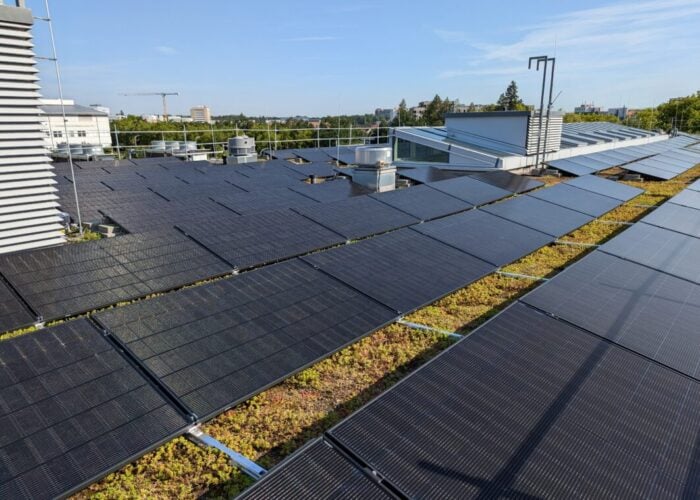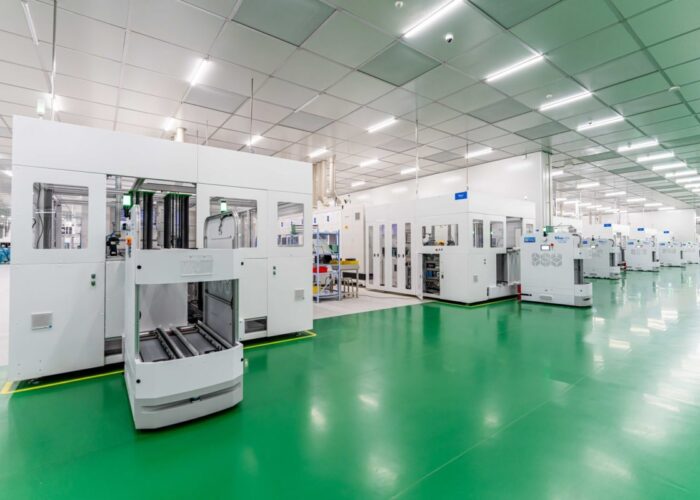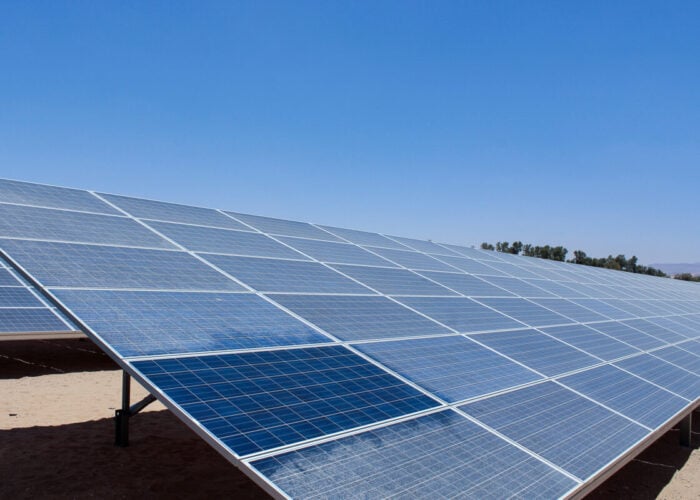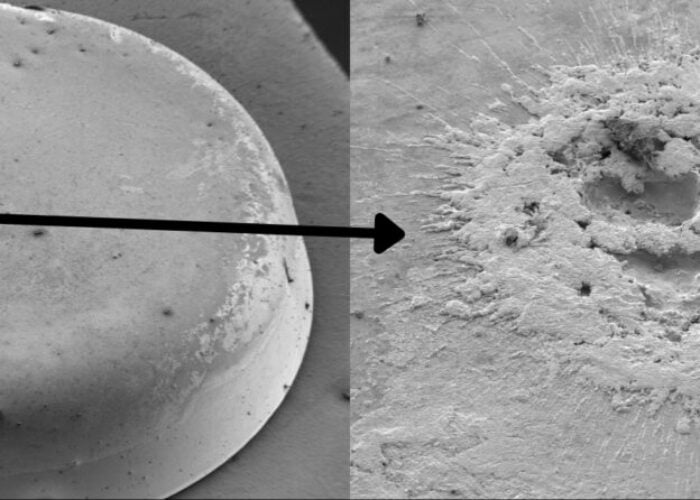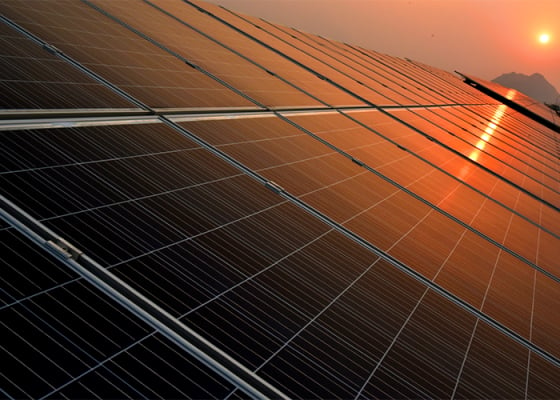
The world will need to build five to six times as much solar and wind power per year as in 2019 if a carbon-zero economy is to be reached by the middle of the century, a study has said.
To reach that goal as well as the 90,000 – 115,000TWhs of annual global electricity supply needed, additional solar and wind capacity of around 13,000 – 18,000GW will be required by 2050, representing an investment of US$32 trillion, according to new analysis from think tank the Energy Transitions Commission (ETC).
Unlock unlimited access for 12 whole months of distinctive global analysis
Photovoltaics International is now included.
- Regular insight and analysis of the industry’s biggest developments
- In-depth interviews with the industry’s leading figures
- Unlimited digital access to the PV Tech Power journal catalogue
- Unlimited digital access to the Photovoltaics International journal catalogue
- Access to more than 1,000 technical papers
- Discounts on Solar Media’s portfolio of events, in-person and virtual
It highlights that reductions in the cost of renewable energy make a net-zero economy “easily affordable” and argues that all growth in electricity supply should now come from zero-carbon sources with no need to build any new coal-fired power capacity to support economic growth and rising living standards.
Signatories of the report say the COVID-19 pandemic has demonstrated the unpreparedness of the global economy to systemic risks and that the massive public spending now being dedicated to stimulating economic recovery constitutes a unique opportunity to invest in a more resilient economy. The ETC estimates that additional investments required to achieve the climate goals will be between US$1 trillion and US$2 trillion per year, equivalent to 1% – 1.5% of global GDP.
“There is no doubt that it is technically and economically possible to reach the zero-carbon economy which we need by 2050; and zero must mean zero, not a plan which relies on the permanent and large-scale use of offsets to balance continued GHG emissions. But action in the next decade is crucial – otherwise, it will be too late”, ETC co-chair Adair Turner said.
The report is signed by 45 leaders from energy producers, energy-intensive industries, financial institutions and environmental advocates, including BP, HSBC, Iberdrola, Ørsted, Vattenfall and the World Resources Institute.
To put the mid-century objectives within reach, the analysis calls for regulations that create additional incentives for decarbonisation where price signals are insufficient as well as R&D investments in hydrogen, sustainable fuels and carbon capture.
The ETC blueprint is intended to allow all developed economies to reach net-zero emissions by 2050, while all developing nations would be able to reach the target by 2060 at the latest, but would require development finance to de-risk and attract private green investment.
Laurence Tubiana, CEO of the European Climate Foundation, said it is necessary to build an economy that is future-proofed for the climate-related challenges as the world emerges from the pandemic. “Leaders of business and government can no longer exaggerate the costs as an excuse for delaying action. They must now cease any further investment in fossil fuels and embrace the challenge of rapidly ramping up wind and solar, which are becoming cheaper and more abundant by the day.”



